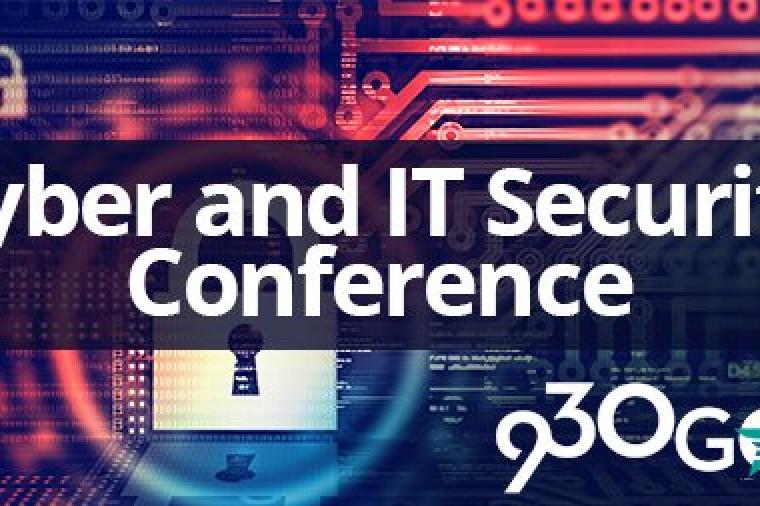Cybersecurity
Another month, another regulation deadline to comply with. But this time, it’s defense contractors who are in the hot seat.
To safeguard defense information in non-federal systems and organizations, U.S. defense contractors and soon all federal agencies, must meet the DFARS 7012 mandate and implement all of the requirements of NIST Special Publication 800-171 Protecting Controlled Unclassified Information (CUI).
Cybersecurity
If you’re wondering where to spend your federal fiscal year-end dollars, no doubt cybersecurity is top of mind. With threats increasing and constantly evolving, protecting federal systems, networks, and data has never been more important.
But this year, there’s a new imperative for federal CIOs – the Presidential Executive Order on Strengthening the Cybersecurity of Federal Networks and Critical Infrastructure.
Digital Design
You don’t have to go far to hear concerns about infrastructure decay in the U.S. In 2017, the American Society of Civil Engineers (ASCE) ranked the country’s infrastructure at a D+ grading.
Big Data & Analytics
The U.S. Government spends trillions of dollars on benefits programs like Social Security, Medicare and Medicaid each year. Unfortunately, billions of those dollars are improperly paid, reducing the benefits to those who most rely upon them. In 2016, the White House estimated these losses at $144B.
Improper payments, fraud, and abuse takes many forms, consider some of these examples of Medicaid fraud and abuse:
Digital Design
Even if you’ve made the move to Building Information Modeling and are experiencing the benefits of BIM, have you ever thought “there’s got to be a better way to manage project team collaboration?” The success of a BIM project comes back to the basics of communication and information sharing.
Autodesk has produced a new eBook – a definitive guide to cloud-connected design collaboration – that provides the information you need on:
Data
Agencies are dealing with an exponential growth of data. But size isn’t the only problem. It’s where that data lives and how it travels between the private clouds, public clouds, and back to on-premises.
How do you protect, secure, and backup that data? How can your agency protect the right data and invest only in what is important to the mission, without creating a new set of data silos, incurring hidden storage costs, stalling developers, and introducing greater compliance risk?
dana.suarez





